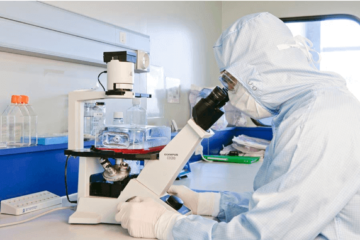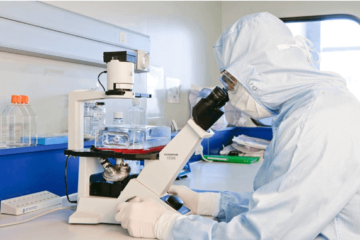A New Frontier in Parkinson’s Disease Treatment with CRISPR/Cas9
**Excerpt:**
CRISPR/Cas9, a revolutionary gene editing tool, offers unprecedented potential for treating Parkinson’s disease. By precisely targeting disease-causing genes, this technology holds promise for alleviating symptoms, slowing progression, and potentially curing this debilitating condition.














